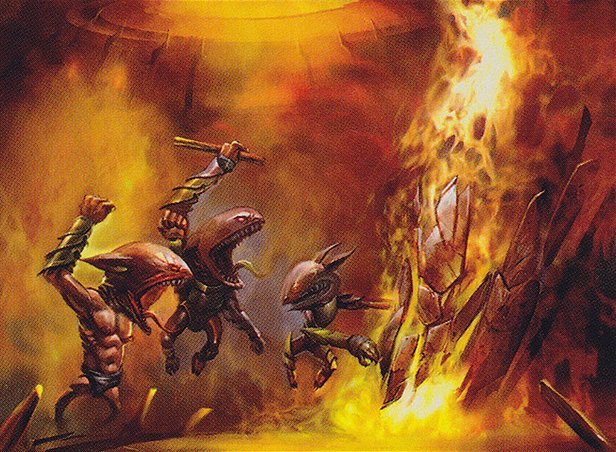
The Pauper Problem
by NathanLipetz
NathanLipetz
Hello! I am Nathan, I am from Vancouver, Canada, and I am 22 years old. I am best known as a Legacy and Vintage expert and streamer amongst the MTGO community. I also play a fair amount of Modern and Pauper on the side. I'm the data manager for this site, a writer and lead editor.